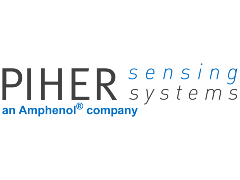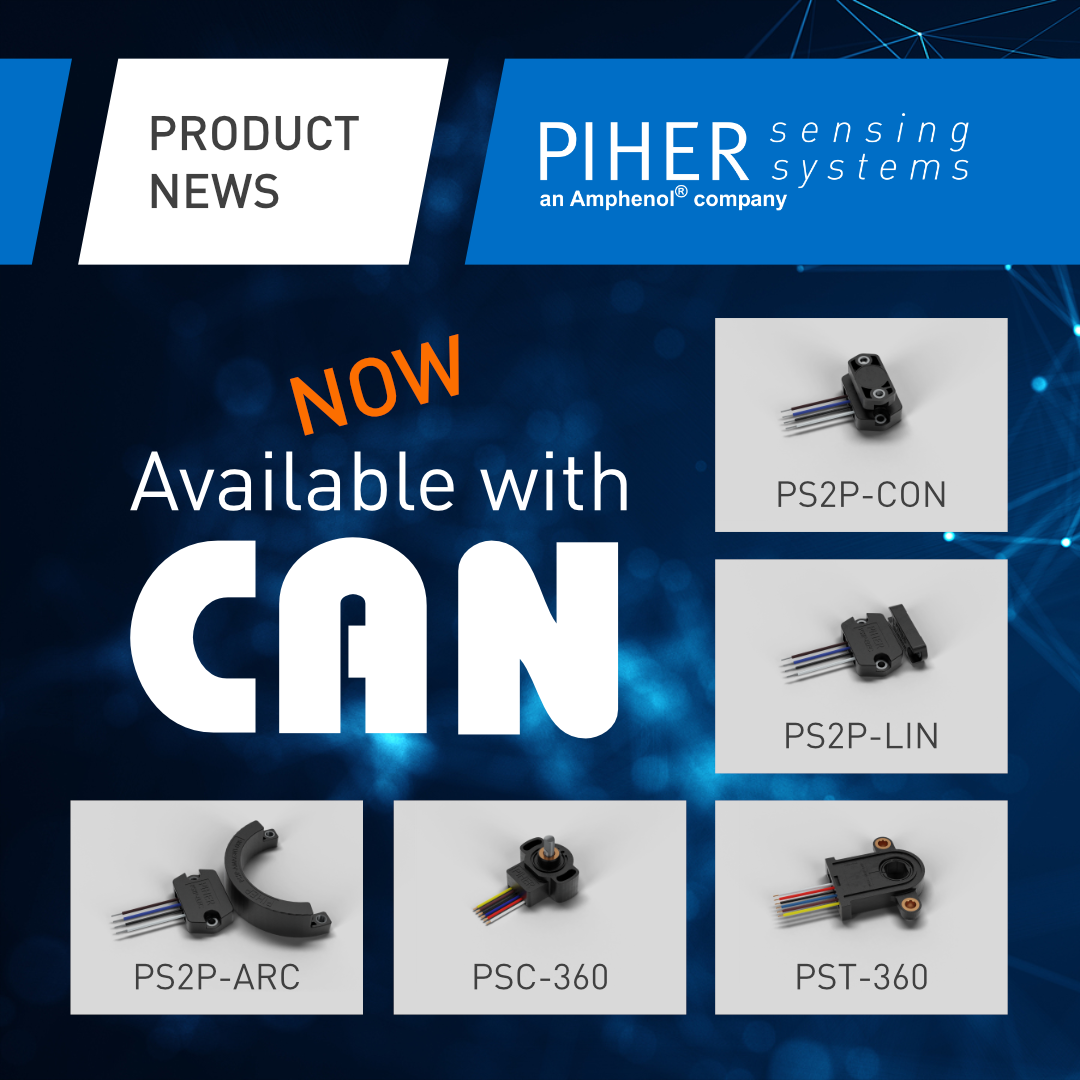Piher's contactless Hall-effect position sensors are now also available with CAN SAE J1939 or CANopen output. In addition to analog, PWM and SPI outputs, the CAN interface, CAN SAE J1939 and CANopen, are now configurable options available for the non-contact PST-360 and PSC-360 rotary position sensors, the touchless rotary sensor PS2P-CON, the linear position sensor PS2P-LIN and the Play Resistant Arc Position Sensor PS2P-ARC.
CAN is widely-used in a variety of applications including automotive, industrial automation, building automation, and more. By adding the two CAN output options they offer a even higher versatility to their customers in the transportation, off-highway and industrial automation markets.
About the CAN bus protocol
"CAN bus (Controller Area Network) is a communication protocol originally developed by Bosch for use in automotive applications. It provides a reliable and efficient way for different electronic control units (ECUs) to communicate with each other. One of the key advantages of CAN is its ability to support multiple ECUs on a single network, enabling different systems in a vehicle to share data and work together more effectively. This simplifies the wiring system, reduces weight, cost, and complexity."
Low latency, high bandwidth and low power consumption
"In addition to its ability to support multiple devices on a single network and its reliability features, CAN is also known for its low latency, high bandwidth, and low power consumption. Its prioritized message-based system with built-in error detection and correction helps to ensure that data is transmitted accurately and without interference, making it ideal for position sensing applications. This makes it a popular choice in a variety of applications where reliability, safety, and efficiency are critical."


